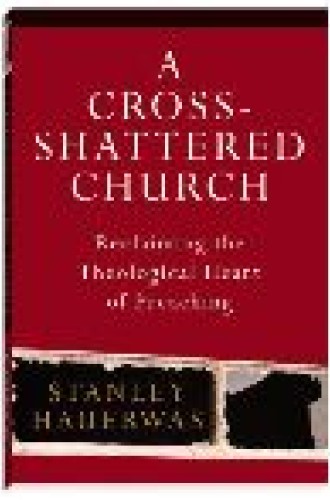BookMarks
De Waal has written frequently on Bene dictine spirituality (Seeking God, Living with Contradiction) as well as Celtic spirituality (The Celtic Way of Prayer). This time she focuses on the prologue to the Rule of St. Benedict, plumbing its implications for our understanding of baptism and discipleship. Seeking Life is particularly appropriate for preparation for Easter and the renewal of baptismal vows. While as Christians we have the opportunity to renew these vows repeatedly, De Waal observes that not much attention is given to preparation for doing so. She commends Benedict’s Rule, which dates from the sixth century, yet notes wryly that Benedict would be shocked to know he has followers. Benedict had only one concern: “to encourage us all to become followers of the Word, of Christ, the life-giving way.”
If theology is intended for forming and informing the life of the church, a legitimate question to ask is: Does a particular theology preach? In the case of Stanley Hauerwas, the answer is yes. A Cross-Shattered Church is a sequel to Cross-Shattered Christ, an earlier collection of his sermons. These sermons, based on lectionary texts, were delivered in several settings (mostly the Duke Divinity School chapel and the Episcopal church where Hauerwas is a member) on different occasions in the liturgical life of the church. “Preaching Repentance in a Time of War”—not actually a sermon but an appendix to the book—should be re quired reading for all American Chris tians. Hauerwas’s sermons, like Karl Barth’s in Deliverance to the Captives, provide an accessible path into his theology.






